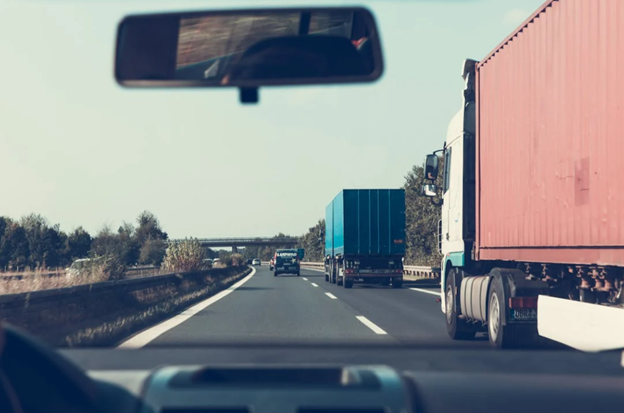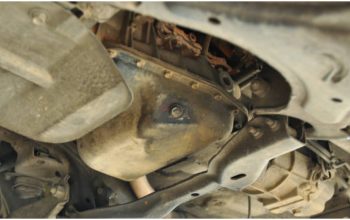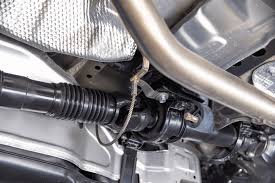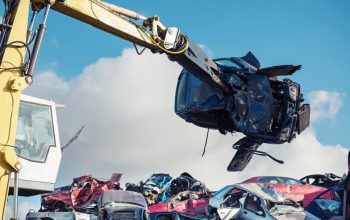Australia has an extensive list of road networks that are essential for both industries and communities, helping move products over vast lengths. But, there’s a significant challenge in this business-overloaded trucks. In truth, these trucks that weigh too much are more than just a rule-breaker. They create real problems by messing up our roads and causing too many accidents.
Understanding the Impact of Overloading
Trucks that lug weight beyond legal capacity can result in infrastructure damage, deteriorating our roads and bridges fast. They can cause cracks, potholes, and rutting in asphalt. Bridges, too, can suffer as they get weaker, needing more repairs that cost a lot.
Unstable Trucks
Trucks carrying too much weight are inherently unsteady. When there’s too much weight, it shifts the truck’s balance, making it more likely to rollovers. This unsteadiness gets worse when the truck’s changing lanes or turning. Overloading can cause knife-jacking incidents. This is where a trailer twists and folds like a knife; this is dangerous for the driver and others on the road.
Slower Braking
The brakes on every truck are made to handle a certain amount of weight. If a heavy-duty truck exceeds this weight limit, it’s harder for the brakes to work. The heavy load increases the time the truck takes to stop and can lead to crashes. Also, the extra weight is hard on the brakes and can make them wear out or even fail altogether. Trucks carrying flammable goods have even more to worry about. If the brakes aren’t working well, accidents can lead to fires.
Loss of Manoeuvrability
Overloading not only harms a truck’s safety—it messes up its way of working, too. A heavy-loaded truck moves slowly finds it tough to keep up the pace on inclines, and might clog up the road. However, the situation changes when going downhill—the truck could go too fast because of poor engine brakes. Tyres can overheat and result in blowouts, which often lead to mishaps or hang-ups. Furthermore, overloaded vehicles have a hard time overtaking, adding more dangers for others on the road.
Damage to Infrastructure
Overloaded trucks play a big part in the early wear and tear of roads and bridges. Too much weight speeds up the cracking, sinking, and damage to the road surface. This often leads to replacing roads too soon or expensive fixes. Bridges – especially old ones – are vulnerable to delamination and structural damage when prolonged pressure is placed on them. Like the bridge collapse on the Loire River bridge in France when a large truck got into an accident – it demonstrates the risk of vehicles that don’t follow the rules.
Economic and Industry Impacts
Excess weight damages roads and fair play in the freight trade. Operators who break weight rules gain an unfair edge. They cut costs and dodge legal duties like registration bills and axle taxes. This skews the competition and harms those who play by the rules, such as rail or boat transport. For Australia, a country that relies on its highways for economic sustainability, this results in significant imbalances and inefficiencies.
The Weigh-in-Motion Solution
Weigh-in-motion (WIM) technology is revolutionising the battle against overloading. It’s not like those old-school weighing machines that delay by having vehicles stop. WIM systems weigh vehicles wherever they are going, saving traffic delays and allowing authorities to monitor weight compliance in real-time.
WIM technology instantly flags overloaded cars, stopping them from causing damage to the road or endangering other drivers. These systems, through accurate, real-time data, are transforming the way we deal with overloads – being proactive about protecting our highways.
Learn more about weigh-in-motion technology here.
Hence, early investment in quality truck weighing technology will lead to a brighter future for Australia’s infrastructure. It is up to each of us to maintain our iconic roads as enduring and safe for decades to come.




